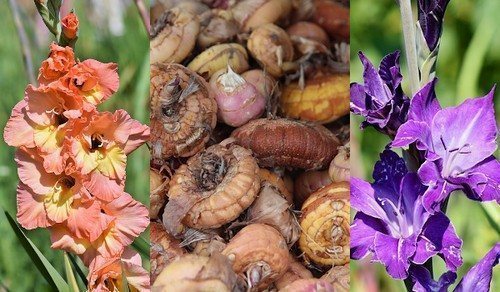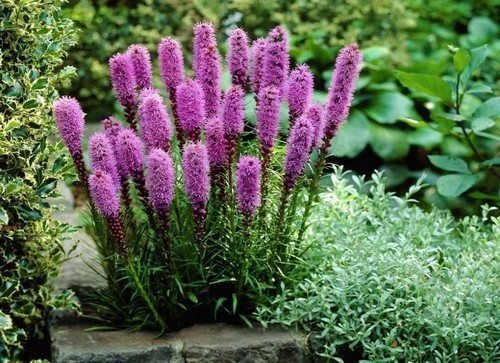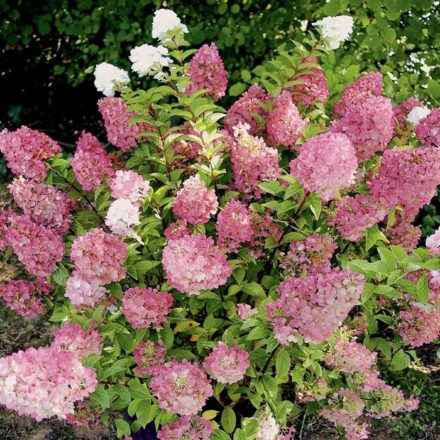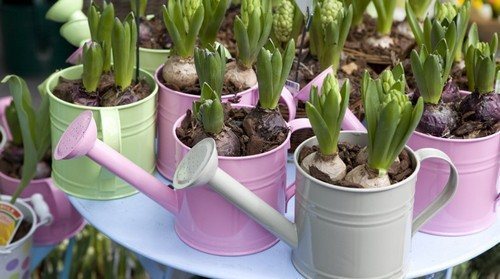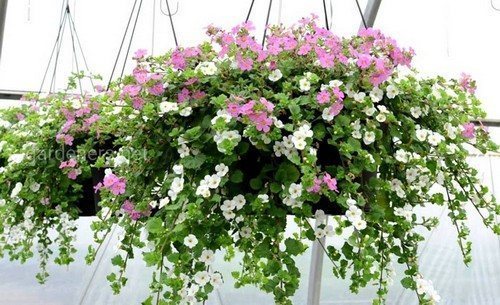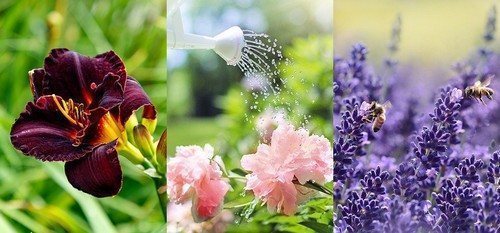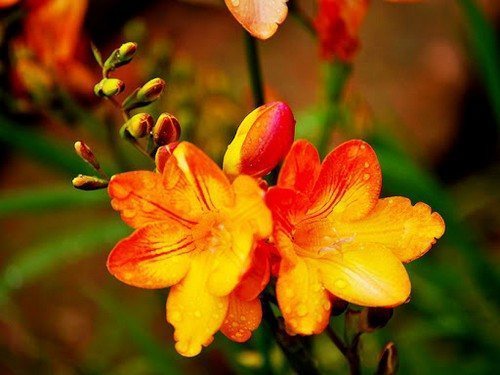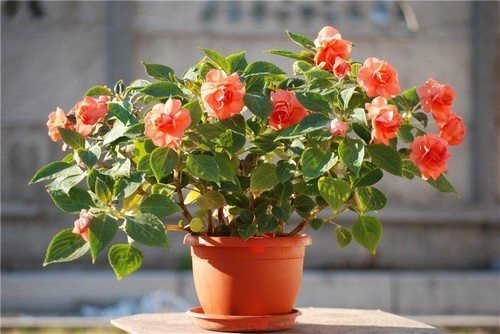Growing freesia is possible both in open ground and at home. Therefore, a huge number of people are familiar with this plant. It belongs to the iris family and includes about 20 different species. The appearance of the flower is delicate and sophisticated. Freesia also has a pleasant aroma similar to lily of the valley.

Preparing for landing
Before planting freesia in open ground, you need to carry out a number of actions. At the beginning of April, the upper part of the scales is removed from the bulbs, after which they are immersed in a 0.2% foundation solution. Exposure time - 30 minutes. This procedure will prevent the development of fungal diseases in the future. Then the tubers are planted in loose soil to a depth of 5 cm and left in a well-lit place.
The option of seed propagation is possible, but it is suitable only for experienced gardeners. The seeds are laid out on a moistened substrate and sprinkled with soil (layer thickness is about 1.5-2 cm). Next, the container is covered with film and, similarly to the first method, sent to a sufficiently lit place. A good option would be a window sill or a closed (insulated) balcony. After 20 days, the first shoots should appear. When the height of the sprouts reaches 2.5 cm, the film is removed and the sprouts themselves are thinned out.
Landing in the ground
In the second half of May you can start replanting freesia. To do this, make holes and plant the seedlings to a depth of 3 to 6 cm. Do not place the tubers too close to each other.Maintain a distance of 4–5 cm. Then lay out a layer of peat to prevent overheating of the root system of the flower. If these recommendations are followed, the first flower stalks will appear in August and will delight others until the beginning of October.
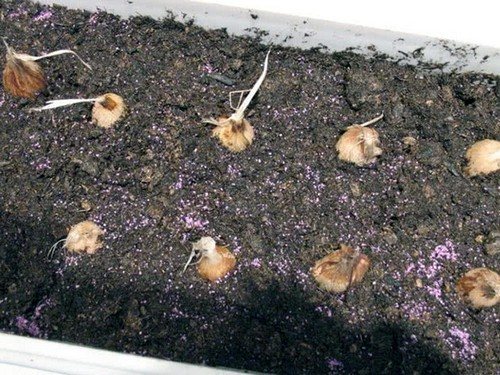
Care
When freesia develops, it is important to fertilize and feed. The first such procedure is carried out with the appearance of the first shoots. To do this, use a solution of ammonium nitrate (2 grams per 1 liter). In the future, fertilizing should be repeated once every 14 days, but using superphosphate (4/1) or potassium salt (2/1).
It is equally important to regularly loosen and water the soil. The soil should remain moist at all times. Only after the freesia has faded can the regularity of watering be reduced. It is best to carry out this manipulation in the evening or early morning. You should also monitor the appearance of weeds around the flower and remove them in a timely manner.
Diseases and pests
Most often, freesia is affected by aphids, mites, scab and fusarium. To prevent disease of neighboring plants, the infected bush is dug up and burned. As a preventive measure, a weak solution of potassium permanganate is used. It is with the help of it that the bulbs are disinfected before being sent for storage.
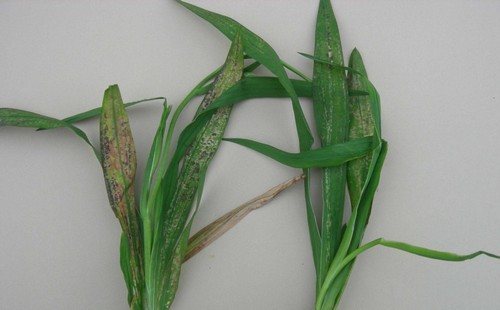
Winter period
The plant cannot overwinter in open ground, so the bulbs are dug up. Next, they are dried in a room at a temperature of 25° C for 7 days. At the next stage, the tubers are cleaned and stored at a temperature of 13 °C. 7 days before planting, the temperature is lowered again to 10 °C.It is important that throughout the winter period the air humidity is at least 70%. To do this, vessels with water are placed next to the corms.
Growing freesia, like other plants, requires a lot of effort and a responsible approach. But after studying all the recommendations and problems that may arise, everything becomes much simpler. Do something that truly brings you pleasure, and the results will not disappoint.



